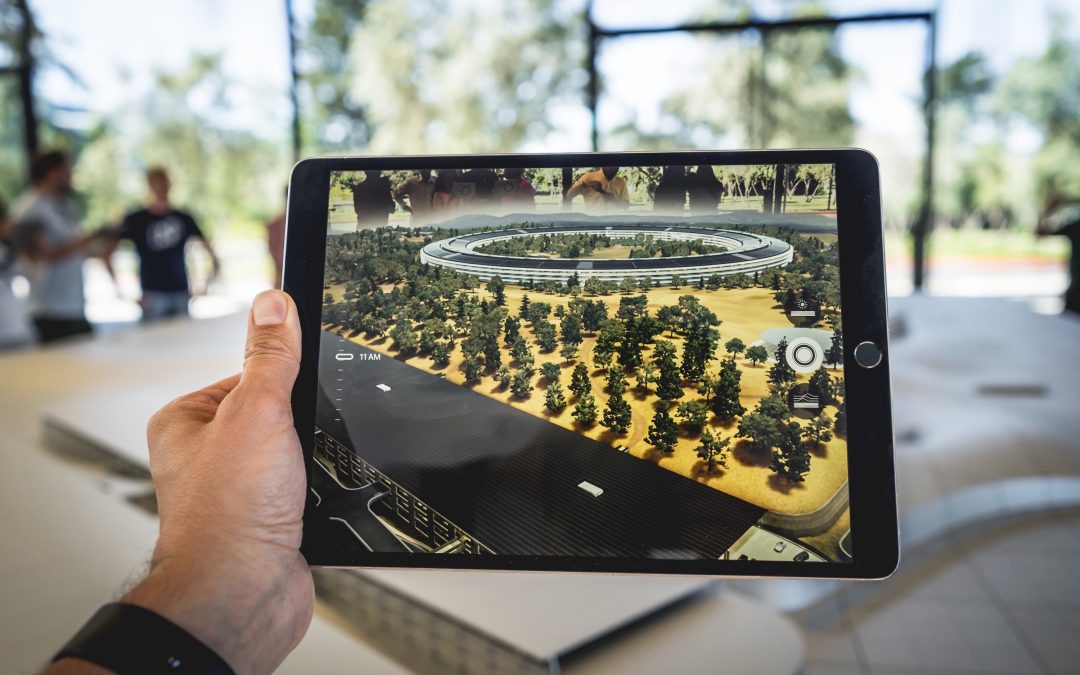There is a meatless war brewing, and everyone has an opinion on who will be crowned the champion. In one corner is Beyond Meat, the certified vegan “meat” brand serving up meat-like adaptations of burger patties and sausages. In the other corner is Impossible Foods; though they only have one product so far, the Impossible patty, they are mighty and have established a devoted following.
Beyond Meat and Impossible Foods are two companies who have gone above and beyond to seemingly do the impossible: make meatless meat actually taste like… meat. It seems like both vegan meat competitors are everywhere these days and both have versions of their burger patties available at fast food and fast casual establishments, ranging from Burger King to White Castle to Applebees and TGI Fridays. The vegetarian-friendly options are so popular that Impossible Foods currently has an ongoing, nationwide shortage — something that Beyond Meat also experienced in 2017 and 2018.
How long has each company been around and who founded them?
Beyond Meat has been around longer than Impossible Foods; it was started in 2009 by Ethan Brown, who still remains the CEO. The company’s core mission is to lessen humans’ reliance on livestock and opt for better, more sustainable options — which is where their products come into play. Beyond has built a devoted celebrity following; Kyrie Irving, Bill Gates, and Jessica Chastain are all supporters.
Impossible Food is a slightly younger company. It was founded in 2011 by Stanford biochemistry professor, Patrick O’Reilly Brown, who is similarly driven by the desire to reduce animal agriculture by providing a delicious, plant-based substitute. After several years of development, the Impossible Burger was released in July 2016.
It is a mere coincidence that both founders and CEOs share the last name Brown.
What are the patties made out of?
Impossible meat patties are made from a blend of soy and potato protein, mixed with sunflower oil, yeast extract, salt, and a whole lot of other scientific-sounding ingredients. The most notable thing about Impossible patties is the inclusion of heme, an iron ion found in all living things that gives meat its inherently meaty flavor. The heme used in Impossible Foods is derived from fermented soybeans.
Like Impossible, Beyond Meat’s patty is also made from a blend of plant proteins — just different plants. Beyond contains a mixture of pea, mung bean, and rice proteins, canola and coconut oil instead of sunflower, potato starch, and beet juice extract to give the “meat” its pink hue.
Is eating meatless meat healthier than eating actual meat?
In general, eating vegetables is good for you. So many people might think it’s obvious that plant-based meat is healthier than regular meat. But that’s not quite true.
Plant-based meat is absolutely safe — but it’s not a health food. While there’s a lot of uncertainty in nutrition science, and meatless meat may avoid the risks of red meat, for the most part, it is probably about as good for you as the meat it’s imitating.
Ricardo San Martin, who studies meat alternatives at UC Berkeley called the assumptions about health effects a major misconception about plant-based foods. “Plant-based means it’s of ingredients that come from plants,” he told me, but that doesn’t mean you’re eating a salad — “they are processed foods.” As a result, they’re likely less healthy than unprocessed veggies.
Moreover, most meat alternatives attempt to imitate meat as closely as possible, including in macronutrient profile and calorie content. That’s because meatless meat makers want consumers to know what they’re getting. If eating a Beyond Burger was not nearly as filling as eating a real burger, that would probably leave consumers dissatisfied (indeed, a Beyond Burger provides the same amount of protein as a beef burger). As a result, there’s only so much that meat alternatives can do to be healthier than animal-based meat products.
That’s not to say there are no health benefits at all. Some people report sensitivities to the growth hormones or antibiotics fed to cows that then make it into burgers and steaks, a problem that plant-based meats don’t have. Plant-based meat should be able to avoid worries about food poisoning from undercooking and mad cow disease entirely. But ultimately, if you’re ordering a Whopper at Burger King, it’s not going to be health food, even if it’s an Impossible Whopper.
Some people have raised health concerns specific to meatless meats — for example, worrying that the heme in Impossible Foods could somehow be harmful. There is no reason to worry on those grounds.
Beyond Meat doesn’t use GMOs and other ingredients that health-conscious consumers often fret about. (To be clear, there are no signs that GMOs are dangerous to consumers, but many of the health-conscious consumers Beyond Meat caters to may nonetheless be wary of it.) Beyond’s products are also soy-free and gluten-free, which similarly have no known health impacts for the typical person but are priorities for health-conscious consumers.
The Impossible Burger “bleeds” like meat because it uses heme, a protein found in red meat that Impossible Foods grows from yeast. Some analysts raised worries that the Impossible Burger might, due to the heme, have the same negative health effects — like elevated risk of cancer and heart attacks — sometimes associated with red meat. An exhaustive review of the nutrition literature by Business Insider last year found that there are no signs heme is the reason red meat has those effects.
So plant-based meat products are safe, and they are likely at least as healthy as the products they’re replacing. But if you’re hoping for a burger that’s as good for you as a salad, food science still has a long way to go.
Original article posted on NickToadvine.net
28.039465
-81.949804










